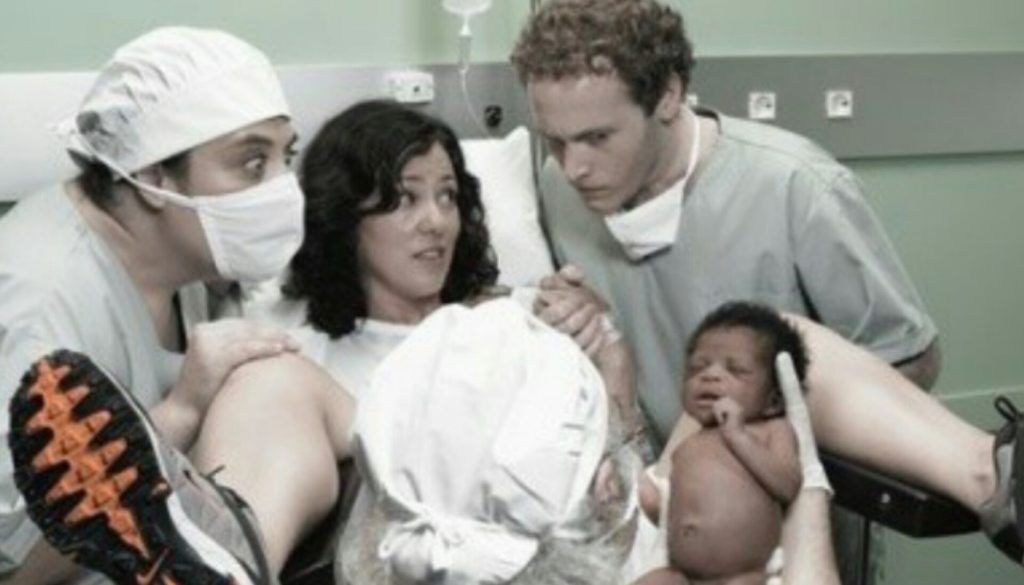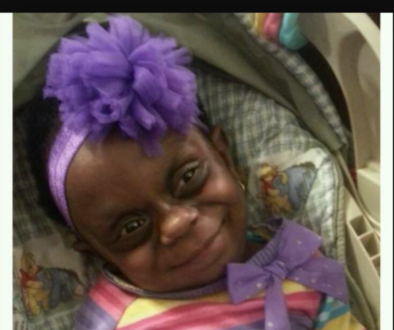Why does your kid look like your Ex!!!??

Offspring can have traits that resemble a mother’s previous sexual partner rather than the actual father. Yes, this is for real — at least in flies.
In a new study, researchers in Australia manipulated the size of male flies, also studying their young. They found that the size of the baby flies depended on the size of the first male the mother mated with, as opposed to the later male that actually sired the offspring.
The investigators suggest that this effect can be traced back to molecules in the seminal fluid of the first mate being absorbed by the female’s immature eggs and then influencing the growth of future offspring, even though a different male was the father.
The concept of such non-genetic inheritance is called telegony, and the theory dates back to ancient Greek times. However, it was discredited in the early 20th century , as it was deemed incompatible with the science of genetics.
“Our discovery complicates our entire view of how variation is transmitted across generations, but also opens up exciting new possibilities and avenues of research,” study author Angela Crean of the University of New South Wales in Australia said in a statement. “Just as we think we have things figured out, nature throws us a curve ball and shows us how much we still have to learn.”
In the study, the researchers raised large and small male flies by feeding them diets either high or low in nutrients. The investigators then mated each immature female fly with either a large or a small male. When the females had matured, they were mated again with either a big or a small male, and their young were examined.
“We found that even though the second male sired the offspring, offspring size was determined by what the mother’s previous mating partner ate as a maggot,” Crean said.
The field of genetics has become increasingly advanced over the years, but it is still not completely clear how some traits are inherited.
“We know that features that run in families are not just influenced by the genes that are passed down from parents to their children,” Crean said. “Various non-genetic inheritance mechanisms make it possible for maternal or paternal environmental factors to influence characteristics of a child.”
For instance, in the flies it has been demonstrated that males that are well-fed in early life produce bigger offspring.
“Our new findings take this to a whole new level — showing a male can also transmit some of his acquired features to offspring sired by other males,” she said. “But we don’t know yet whether this applies to other species.”
The study was published in the journal Ecology Letters.



